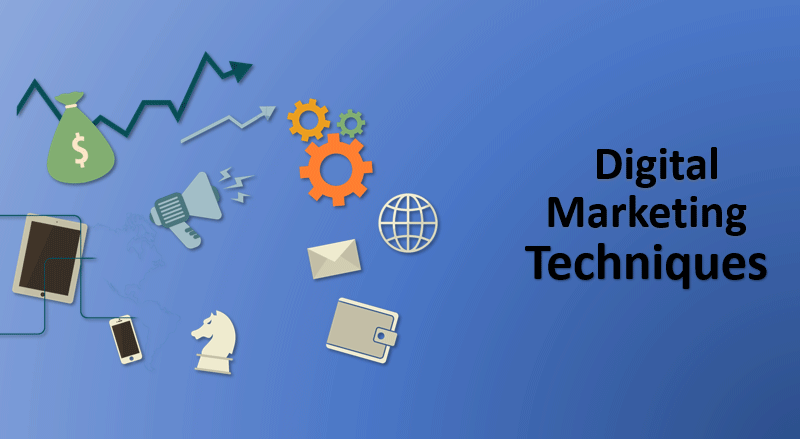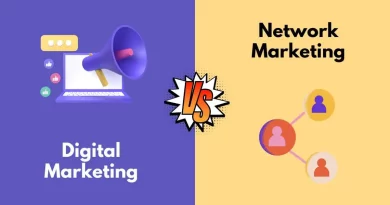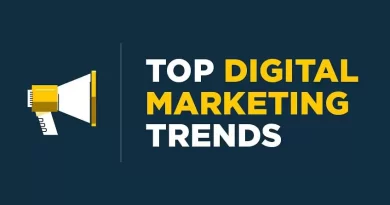Digital Marketing Techniques to Rank in 2024: A Comprehensive Guide
In the competitive digital landscape, staying ahead of the curve is essential for businesses to thrive. As we approach 2024, digital marketing techniques continue to evolve, offering a plethora of strategies to enhance website visibility, drive traffic, and boost conversions. By implementing these effective techniques, businesses can position themselves for success and achieve their online marketing goals.
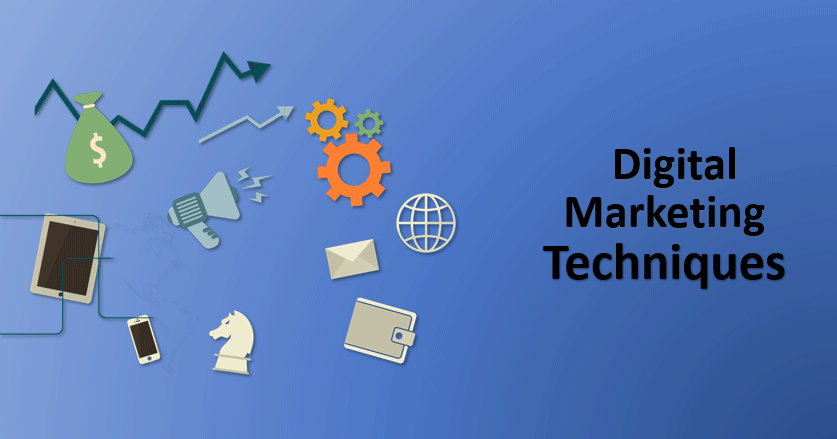
1. Embrace Search Engine Optimization (SEO) Practices
SEO remains a cornerstone of digital marketing, ensuring websites rank higher in search engine results pages (SERPs). This necessitates optimizing website content, structure, and off-page signals to attract organic traffic and improve visibility.
-
Keyword Research: Identify relevant and high-volume keywords that align with your target audience’s search queries.
-
Content Optimization: Create high-quality content that is informative, engaging, and optimized for target keywords.
-
Technical SEO: Ensure your website is technically sound, with a fast loading speed, mobile-friendliness, and proper indexing.
-
Link Building: Acquire high-quality backlinks from reputable websites to enhance your website’s authority and credibility.
2. Master Social Media Engagement
Social media platforms offer powerful channels for connecting with your audience, building brand awareness, and driving conversions. Effective social media marketing involves:
-
Content Creation: Craft engaging and shareable content that resonates with your target audience on each platform.
-
Community Building: Foster meaningful interactions with your followers, responding to comments, and addressing concerns promptly.
-
Targeted Advertising: Leverage social media advertising platforms to reach a specific audience with tailored ad campaigns.
-
Analytics and Measurement: Track social media performance using analytics tools to measure engagement, reach, and conversion rates.
3. Leverage Content Marketing to Attract and Engage Audiences
Content marketing involves creating and distributing valuable, relevant, and consistent content to attract and retain a clearly defined audience. This includes:
-
Blog Posts: Write informative and insightful blog posts that address your audience’s interests and pain points.
-
Infographics: Create visually appealing infographics that simplify complex information and capture attention.
-
Videos: Produce engaging and informative videos that showcase your expertise and products or services.
-
Email Newsletters: Nurture leads and promote content through targeted email newsletters.
4. Optimize for Voice Search and Mobile Users
With the increasing popularity of voice search and mobile devices, businesses must adapt their strategies accordingly:
-
Voice Search Optimization: Use natural language and conversational phrases in your content to improve voice search visibility.
-
Mobile-Friendly Design: Ensure your website is optimized for mobile devices, providing a seamless user experience across all platforms.
-
Local SEO: Optimize your website and online listings for local search, targeting customers in your geographic area.
5. Utilize Paid Advertising Strategies
Paid advertising platforms like Google Ads and social media advertising offer effective ways to reach a wider audience and drive targeted traffic:
-
Keyword Targeting: Bid on relevant keywords to display your ads when users search for those terms.
-
Audience Targeting: Target your ads to specific demographics, interests, and behaviors to reach the right audience.
-
Ad Creative: Craft compelling ad copy and eye-catching visuals to capture attention and encourage clicks.
-
Conversion Tracking: Track the performance of your paid ads to measure the effectiveness of your campaigns and optimize your strategy.
6. Embrace Data-Driven Decision Making
Data is the lifeblood of digital marketing, providing valuable insights into customer behavior, campaign performance, and website traffic. Utilize analytics tools to:
-
Track Website Traffic: Monitor website visits, traffic sources, and user engagement metrics.
-
Analyze Campaign Performance: Measure the effectiveness of your marketing campaigns, identifying areas for improvement.
-
Understand Customer Behavior: Gain insights into customer preferences, interests, and purchasing habits.
7. Focus on User Experience (UX)
A positive user experience is crucial for keeping visitors engaged and driving conversions. Optimize your website’s UX by:
-
Clear Navigation: Ensure easy navigation with a simple and intuitive website structure.
-
Mobile Optimization: Provide a seamless user experience across all devices, especially mobile phones.
-
Fast Loading Speed: Optimize website loading speed to maintain user engagement and improve search engine rankings.
-
Engaging Content: Present visually appealing and informative content that keeps visitors engaged and interested.
8. Personalization and Customer Relationship Management (CRM)
Personalize your marketing efforts to provide a more relevant and engaging experience for each customer. Leverage CRM systems to:
-
Segment Your Audience: Divide your audience into groups based on shared characteristics and preferences.
-
Personalized Messaging: Deliver targeted and relevant messages to each audience segment based on their interests and behavior.
-
Nurture Customer Relationships: Build long-lasting customer relationships through personalized interactions and consistent communication.
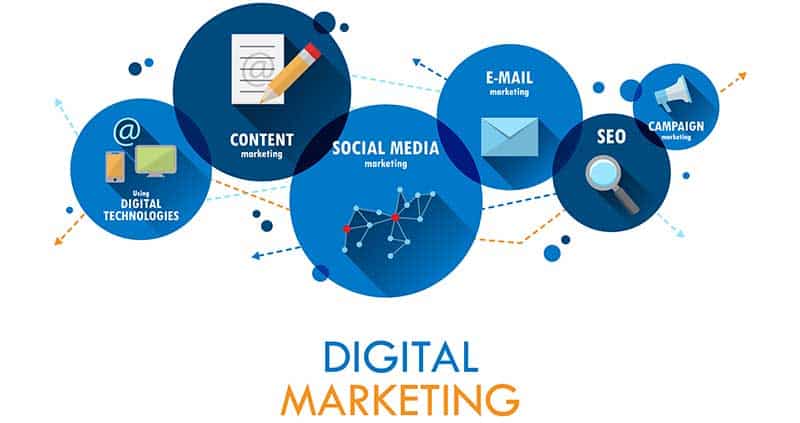
Conclusion
Digital marketing techniques are constantly evolving, and businesses must stay ahead of the curve to succeed in the competitive online landscape. As we approach 2024, embracing effective techniques like SEO, social media marketing, content marketing, voice search optimization, paid advertising, data-driven decision-making, UX optimization, personalization, and CRM will be crucial for driving website traffic, enhancing brand visibility, and achieving marketing goals. Businesses that effectively implement these strategies will be well-positioned to thrive in the ever-evolving digital world.
